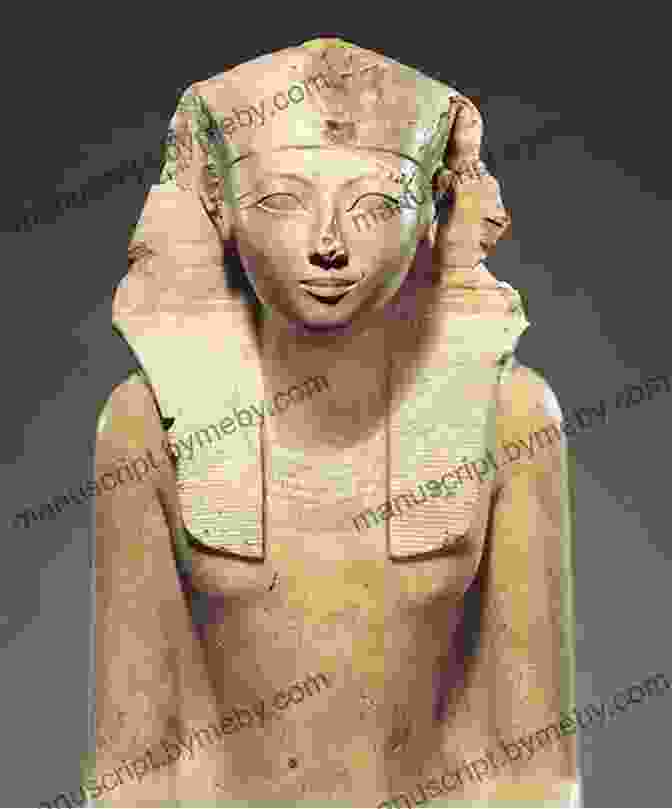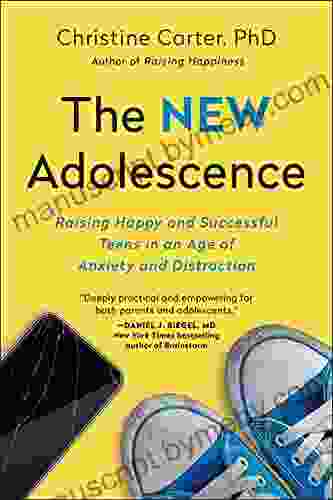Hatshepsut: First Female Pharaoh, World Culture Icon


In the annals of ancient Egypt, a name shines with extraordinary brilliance—Hatshepsut, the first female pharaoh who ascended to the throne and reigned with unmatched power and grace. Her journey was a testament to the indomitable spirit of women, challenging the conventions of a male-dominated society and leaving an enduring legacy that continues to inspire generations.
4.5 out of 5
| Language | : | English |
| File size | : | 17077 KB |
| Screen Reader | : | Supported |
| Print length | : | 32 pages |
Rise to Power: A Daughter's Determination
Hatshepsut was born around 1508 BC to Thutmose I, a powerful pharaoh, and Ahmose, his Great Royal Wife. As a royal princess, she enjoyed a privileged upbringing, receiving an education befitting her status. Her intelligence, ambition, and determination were evident from a young age.
Upon her father's death, Hatshepsut's half-brother, Thutmose II, inherited the throne. Thutmose II's reign was short-lived, and upon his untimely demise in 1479 BC, Hatshepsut seized the opportunity to claim her rightful place as pharaoh.
Reigning Like a King: Defying Conventions
Hatshepsut's reign marked a departure from tradition. As a woman, she faced skepticism and opposition from some quarters. However, with unwavering resolve, she asserted her authority and ruled with the same power and legitimacy as her male predecessors.
She adopted the traditional pharaonic regalia, including the nemes headdress, false beard, and royal scepter. In her official depictions, she was often portrayed in a masculine style, emphasizing her strength and determination to be recognized as a true pharaoh.
Architectural Marvels: A Legacy in Stone
Hatshepsut's reign was marked by an unprecedented building program. She commissioned some of the most iconic structures in ancient Egypt, including the Mortuary Temple at Deir el-Bahari. This architectural masterpiece, with its colonnaded terraces and soaring pylons, showcased Hatshepsut's architectural vision and her desire to leave a lasting legacy.
Her reign also witnessed the construction of the Red Chapel in Karnak Temple, dedicated to the goddess Amun-Re. The exquisite reliefs and hieroglyphs adorning its walls provide invaluable insights into Hatshepsut's religious beliefs and her close relationship with the divine.
Military Campaigns: Expanding Egypt's Horizons
Hatshepsut's reign was not confined to domestic affairs. She led several military campaigns to expand Egypt's bFree Downloads and secure its trade routes. Her forces ventured south into Nubia and north into Syria, establishing Egypt as a formidable power in the ancient world.
Her military prowess was immortalized in reliefs depicting her triumph over enemies, showcasing her ability to lead her armies with courage and determination. These campaigns brought wealth and resources to Egypt, further solidifying her position as a powerful and respected ruler.
Co-Regency with Thutmose III: A Controversial Alliance
During the latter part of her reign, Hatshepsut entered into a co-regency with her nephew, Thutmose III, who was her designated successor. This arrangement, while politically expedient, caused some tensions between the two rulers.
Thutmose III initially played a subordinate role, but after Hatshepsut's death in 1458 BC, he emerged as the sole ruler of Egypt. He initiated a campaign to erase Hatshepsut's legacy, removing her statues and inscriptions from many monuments.
Enduring Legacy: A Woman of Power and Inspiration
Despite attempts to obliterate her memory, Hatshepsut's legacy endured. Her accomplishments and her reign as a female pharaoh continue to inspire generations. Her image has been used to symbolize female empowerment and the打破玻璃天花板能力of women to achieve great things.
Hatshepsut's story is a testament to the strength, determination, and vision of a woman who defied the conventions of her time. She shattered the barriers of gender, reigned as a powerful and respected pharaoh, and left behind a legacy that continues to resonate with people around the world.
Hatshepsut, the first female pharaoh, was a true icon of ancient Egypt and a symbol of female empowerment. Her reign marked a transformative period in Egyptian history, characterized by architectural marvels, military conquests, and a challenge to traditional gender roles. Despite attempts to erase her legacy, her accomplishments continue to inspire, reminding us that women are capable of achieving great things when they dare to dream big and break down barriers.
4.5 out of 5
| Language | : | English |
| File size | : | 17077 KB |
| Screen Reader | : | Supported |
| Print length | : | 32 pages |
Do you want to contribute by writing guest posts on this blog?
Please contact us and send us a resume of previous articles that you have written.
 Book
Book Novel
Novel Page
Page Chapter
Chapter Text
Text Story
Story Genre
Genre Reader
Reader Library
Library Paperback
Paperback E-book
E-book Magazine
Magazine Newspaper
Newspaper Paragraph
Paragraph Sentence
Sentence Bookmark
Bookmark Shelf
Shelf Glossary
Glossary Bibliography
Bibliography Foreword
Foreword Preface
Preface Synopsis
Synopsis Annotation
Annotation Footnote
Footnote Manuscript
Manuscript Scroll
Scroll Codex
Codex Tome
Tome Bestseller
Bestseller Classics
Classics Library card
Library card Narrative
Narrative Biography
Biography Autobiography
Autobiography Memoir
Memoir Reference
Reference Encyclopedia
Encyclopedia Daniel Graham
Daniel Graham Carrie Severson
Carrie Severson Darby Penney
Darby Penney Dan Brown
Dan Brown Oksana Marafioti
Oksana Marafioti Dan Whitehead
Dan Whitehead Daniel Kahneman
Daniel Kahneman Damian Bradfield
Damian Bradfield Bianca Bosker
Bianca Bosker Dana Fox
Dana Fox Tim Lebbon
Tim Lebbon Kenton Kroker
Kenton Kroker Bree Moore
Bree Moore Jessica Hische
Jessica Hische Glennon Doyle
Glennon Doyle Cedella Marley
Cedella Marley Danielle L Schultz
Danielle L Schultz Bob Lapierre
Bob Lapierre Stephanie Cecchini
Stephanie Cecchini Dana Tenzler
Dana Tenzler
Light bulbAdvertise smarter! Our strategic ad space ensures maximum exposure. Reserve your spot today!

 Harold PowellWonderings and Advice on Making Friends, Making Mistakes, Falling In and Out...
Harold PowellWonderings and Advice on Making Friends, Making Mistakes, Falling In and Out...
 Robert Louis StevensonRoxana: A Literary Masterpiece Unraveling the Enigmatic Human Psyche
Robert Louis StevensonRoxana: A Literary Masterpiece Unraveling the Enigmatic Human Psyche Heath PowellFollow ·2.2k
Heath PowellFollow ·2.2k Cody RussellFollow ·3.2k
Cody RussellFollow ·3.2k Hugh ReedFollow ·5.7k
Hugh ReedFollow ·5.7k Reed MitchellFollow ·4.8k
Reed MitchellFollow ·4.8k José MartíFollow ·18.3k
José MartíFollow ·18.3k Curtis StewartFollow ·4.9k
Curtis StewartFollow ·4.9k Jack PowellFollow ·14.9k
Jack PowellFollow ·14.9k Cooper BellFollow ·11.3k
Cooper BellFollow ·11.3k

 James Joyce
James JoyceUnveiling the Secrets of Ice Sheets: A Comprehensive...
Ice sheets, vast blankets of ice that cover...

 Thomas Pynchon
Thomas PynchonPoisoned Apples: Poems For You My Pretty
A collection of dark...

 Howard Blair
Howard BlairRaising Happy and Successful Teens in An Age of Anxiety...
Unlocking Evidence-Based Strategies for...
4.5 out of 5
| Language | : | English |
| File size | : | 17077 KB |
| Screen Reader | : | Supported |
| Print length | : | 32 pages |













